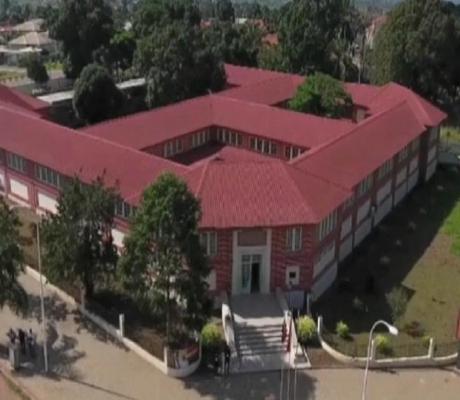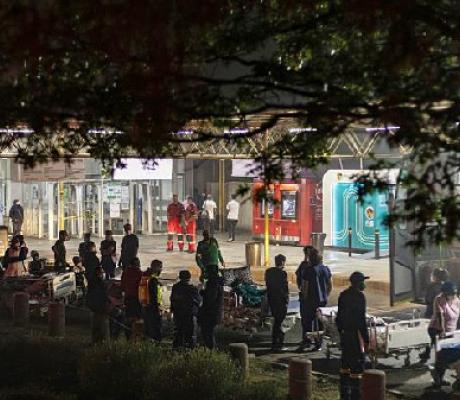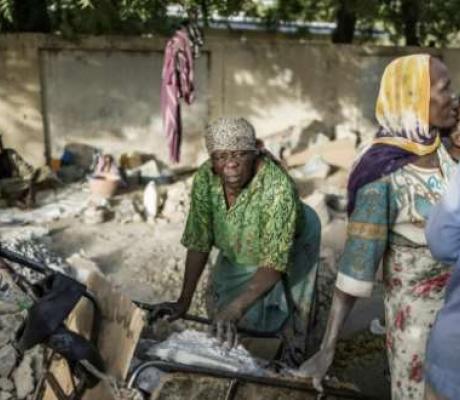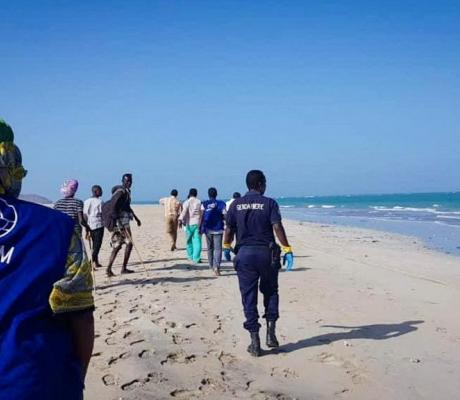As more Nigerians seek for greener pastures overseas, there are indications that they will be faced with various forms of violence, exploitation and other abuses along the Central Mediterranean route, a recent report by WAKA Well by IOM X an International Organization for Migration’s (IOM) working in Nigeria stated.
According to the report, Irregular migration from Nigeria is mainly directed towards Europe through North Africa, with Nigerians almost exclusively using the Central Mediterranean route.
The report which dealt with facts about migration context in Oredo and Okpoba Oka, Edo State, Nigeria noted that migration is often associated with poverty, but other factors also drive the phenomenon, including youth unemployment, climate change and urbanization.
Employment-seeking migration accounts for the biggest share of intra-regional mobility as youth migrate from one country to another looking for better job opportunities.
In West Africa, some families rely heavily on remittances sent from children and spouses, and therefore the pressure to migrate on behalf of the entire family can be significant.
According to an IOM Nigeria report, the majority of these remittances come from friends or family living within Nigeria, either in the same community or another state.
According to a recent survey conducted with residents of Oredo and Ikpoba Okha, respondents said that the top three opportunities to make money in these communities are farming, self-employment and manual labour (including construction, mechanics, etc.).
More than 58 per cent of survey’’ respondents in Oredo and Ikpoba Okha said that they get their migration information primarily through friends and family. On regional migration the report revealed that an estimated 7.5 million migrants move around West Africa.’
This is the largest number of migrants in Africa, and they move internally (within a country), intra-regionally (within the region), continentally (in Africa) and internationally (outside of Africa).
The high number of West Africans on the move is linked to several factors, including visa-free movement among the 15 Economic Community of West African States (ECOWAS) members.
An estimated 84 per cent of migration within West Africa are towards another country in the region, which is seven times greater than migration flows from West Africa to other parts of the world.
On migration trends in Nigeria, the report noted that total number of Nigerians living abroad is estimated to be between 6 and 20 million. The majority of Nigerians moving out of the country are economic migrants looking for better work opportunities.
In 2015, it was reported that, except for internal trafficking within the EU, Nigerian nationals are the most common victims of human trafficking in the EU. Edo state alone accounts for 42 per cent of the 18,079 stranded migrants received by IOM and the Federal Government of Nigeria from April 2017 to October 2019 in Nigeria.
A recent survey’ of 419 respondents in Oredo and Ikpoba Okha in Edo State showed that more than 80 per cent aspire to migrate to another state in Nigeria or to another country in the future.
With the rising trend in illegal migration worldwide, especially from poorer to richer countries, WAKA Well by IOM X has continued to educate Nigerians with innovative campaigns in West Africa that seeks to prevent exploitation by empowering young people to make informed decisions about their future, both at home and abroad, with more information on its website www.wakawell.info.
Reports have shown that Africa is one of the continents with the highest number of migrants, legal and illegal. Young Nigerians make up the largest population of the growing flow of migrants from Africa to developed countries.
In 2016, over 20,000 involved in the Mediterranean Sea crossing were reported to be from Nigeria.
Source: vanguardngr.com






